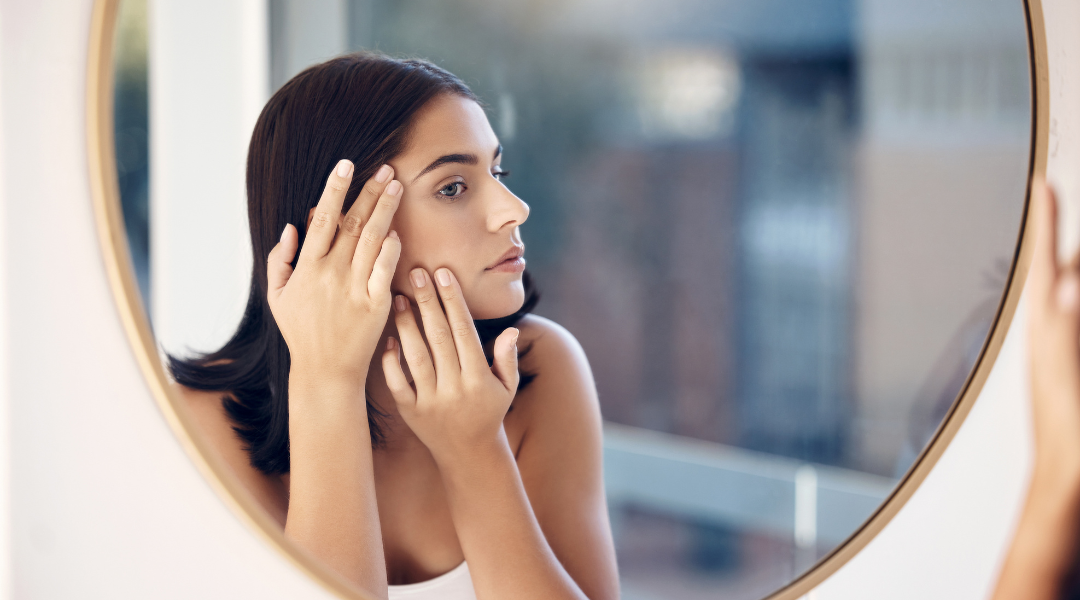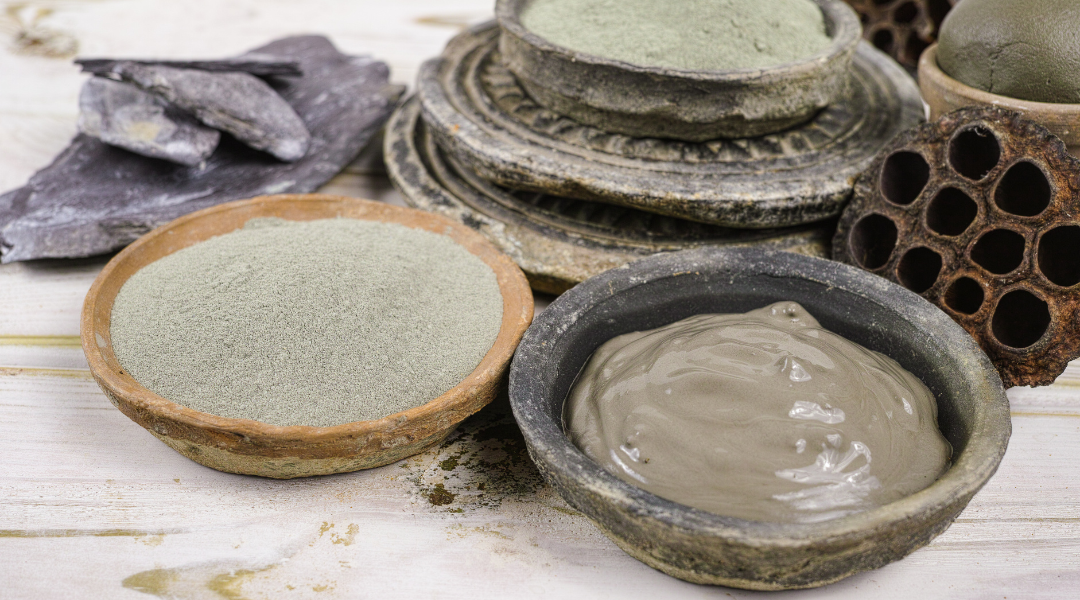
There are only a handful of supplements that are worth taking and astaxanthin is among that short list. Astaxanthin is a true powerhouse nutrient with antioxidant and anti-inflammatory abilities that far exceed other nutrients. Improved eye health and cardiovascular health are the more commonly associated health benefits of astaxanthin. But that’s not all astaxanthin can do for you. Its pharmacological functions can also help preserve our beauty. Considering that the primary antagonist of skin aging is oxidative stress and inflammation, astaxanthin can serve as a very helpful anti-aging tool.
The Science
To understand any part of the body, it’s helpful to take a look at what’s happening on a cellular level. In regards to skin aging and disease, it is well known that oxidative stress and inflammation play an integral role in the pathophysiology. The carotenoid dietary supplement known as astaxanthin helps to promote skin health by its well-known antioxidant and anti-inflammatory activities. In fact, there are eight known clinical studies conducted in over 180 humans that demonstrates astaxanthin’s bioavailability, safety and ability to mitigate oxidative stress and inflammation, the two key players in the aging and mutation of skin cells. In essence, astaxanthin acts as an antioxidant, scavenging for reactive oxygen species that cause oxidative stress and damage the cell.

According to Study
In two human clinical studies, the topical use of astaxanthin (along with internal supplementation) showed improvements in skin wrinkles, especially around the eyes (crow's), age spot sizes, overall skin elasticity, skin texture and skin moisture in just 8 weeks. These findings suggest that topical and internal use of astaxanthin has an impressive ability to improve many skin conditions and aging of skin by nourishing all layers including the corneocyte layer, epidermis, basal layer and dermis. Another, double-blind placebo controlled study involving 36 healthy males showed similar benefits. In just 6 weeks, the subjects experienced improved skin elasticity around the eyes, sebum production and overall skin hydration after supplementation of 6 mg of astaxanthin.
1
How to Benefit from Astaxanthin
According to the research, the best way to get the most out of astaxanthin is to get it through diet, supplementation and topical use. The best food-sources of astaxanthin are:

• Wild-caught Sockeye Salmon • Shrimp • Red Trout • Salmon Roe • Krill (available in supplement form) For topical use, the
Alitura Gold Serum features potent antioxidants including Astaxanthin. Regular, daily use can protect the outer layer of the skin from the revenges of free radicals in the environment.

 There are only a handful of supplements that are worth taking and astaxanthin is among that short list. Astaxanthin is a true powerhouse nutrient with antioxidant and anti-inflammatory abilities that far exceed other nutrients. Improved eye health and cardiovascular health are the more commonly associated health benefits of astaxanthin. But that’s not all astaxanthin can do for you. Its pharmacological functions can also help preserve our beauty. Considering that the primary antagonist of skin aging is oxidative stress and inflammation, astaxanthin can serve as a very helpful anti-aging tool.
There are only a handful of supplements that are worth taking and astaxanthin is among that short list. Astaxanthin is a true powerhouse nutrient with antioxidant and anti-inflammatory abilities that far exceed other nutrients. Improved eye health and cardiovascular health are the more commonly associated health benefits of astaxanthin. But that’s not all astaxanthin can do for you. Its pharmacological functions can also help preserve our beauty. Considering that the primary antagonist of skin aging is oxidative stress and inflammation, astaxanthin can serve as a very helpful anti-aging tool.

 • Wild-caught Sockeye Salmon • Shrimp • Red Trout • Salmon Roe • Krill (available in supplement form) For topical use, the Alitura Gold Serum features potent antioxidants including Astaxanthin. Regular, daily use can protect the outer layer of the skin from the revenges of free radicals in the environment.
• Wild-caught Sockeye Salmon • Shrimp • Red Trout • Salmon Roe • Krill (available in supplement form) For topical use, the Alitura Gold Serum features potent antioxidants including Astaxanthin. Regular, daily use can protect the outer layer of the skin from the revenges of free radicals in the environment. 







Leave a comment